The Vanished USS R-12 Submarine
In June 1943, the USS R-12, a World War II submarine, mysteriously vanished during a routine patrol near the Florida Keys. Despite being part of the U.S. Navy’s fleet, its disappearance left the families of the 42 sailors on board searching for answers for decades.
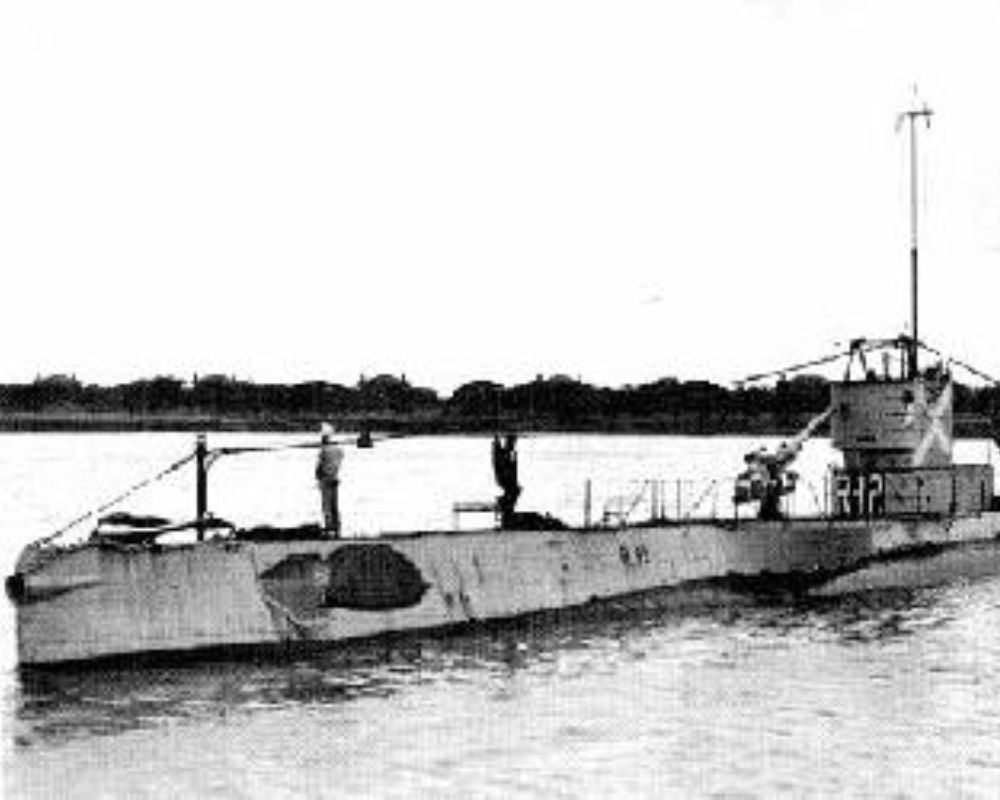
The R-12’s disappearance was especially puzzling since it was on a training mission, not in combat. This proximity to home led to numerous theories about what might have caused the tragedy.
Tim Taylor’s Quest for Knowledge
Tim Taylor, an experienced explorer and CEO of Tiburon Subsea, has spent his life pursuing underwater exploration and unraveling maritime mysteries. The story of the USS R-12 captivated him, driving his mission to bring answers and closure to the families of the lost sailors.
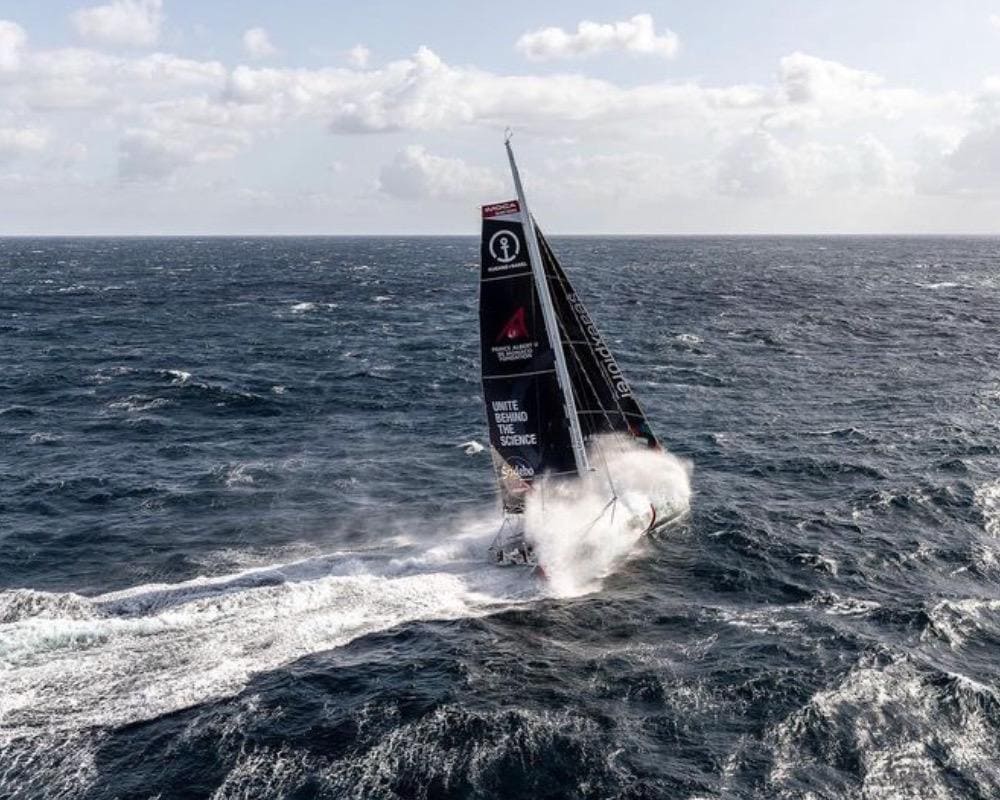
With a background in underwater vehicles, Taylor merged his technical skills with a passion for solving historical puzzles. His dedication to uncovering hidden sea stories has inspired other explorers, setting a new standard by blending technology with a deep reverence for history.
The Origins of the Lost 52 Initiative
Inspired by the mystery of the USS R-12, Tim Taylor launched the Lost 52 Project, dedicated to locating the 52 U.S. submarines lost during World War II. Combining historical research with cutting-edge technology, the project unites experts across various fields to search for these long-lost vessels.
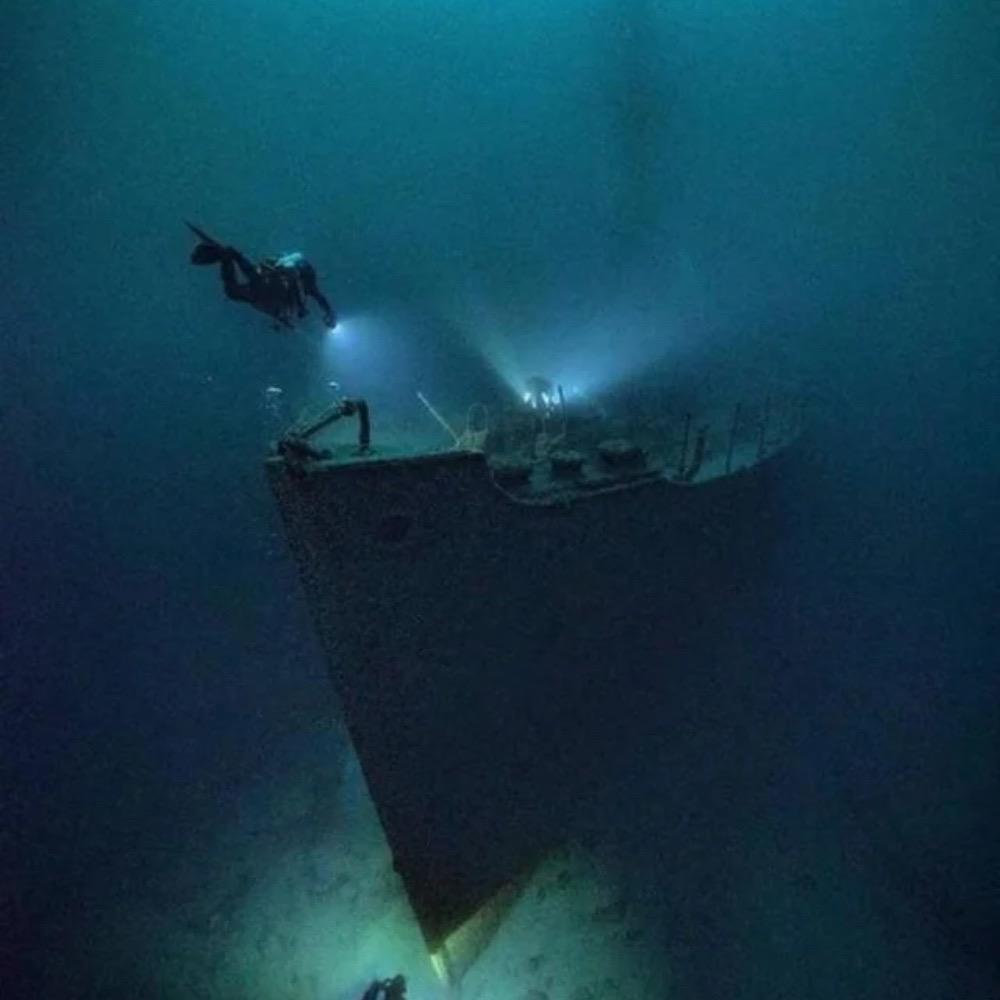
The Lost 52 Project has become a major historical and technological endeavor, gaining global attention. It offers new insights into wartime challenges and deepens our understanding of maritime history.
Innovative Technology in Deep-Sea
The Lost 52 Project employs cutting-edge technology, such as autonomous underwater vehicles (AUVs) and sonar imaging, to probe the ocean’s depths. These tools enable Tim Taylor’s team to create detailed ocean floor maps, uncovering previously hidden shipwrecks. AUVs are crucial for navigating the vast, challenging underwater terrain where the lost submarines rest.
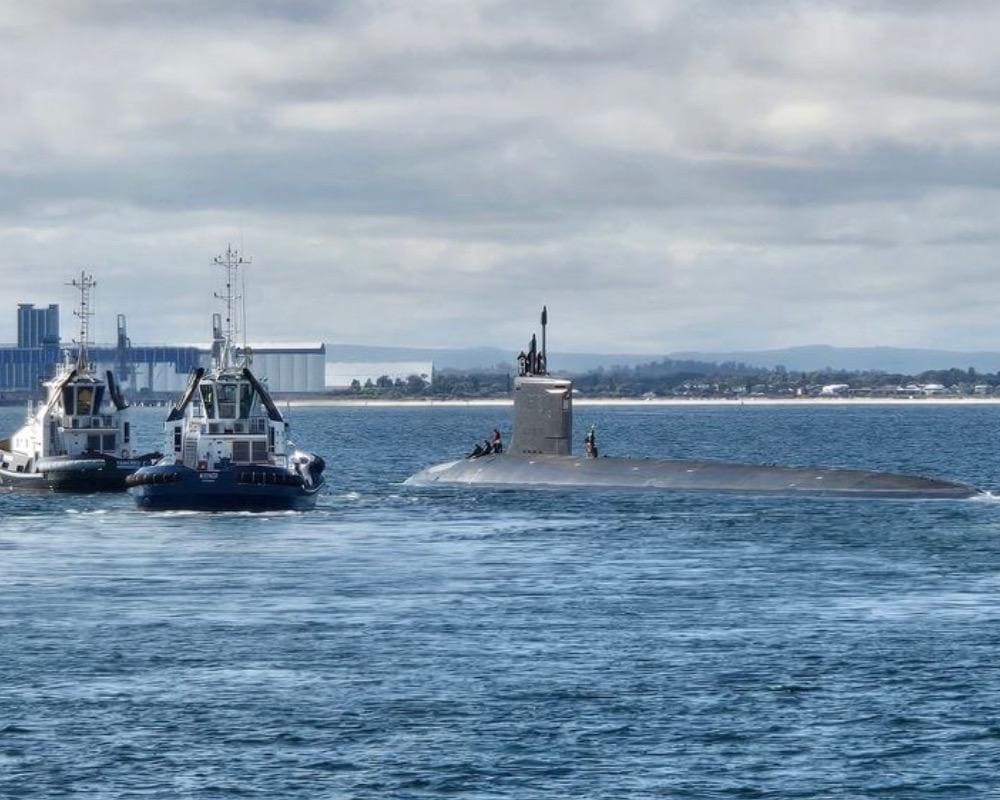
By integrating advanced technology, the project has transformed maritime archaeology, making discoveries once thought impossible. It highlights the power of innovation in uncovering hidden history, but what else might they find?
Autonomous Underwater Vehicles
AUVs are central to the Lost 52 Project’s success. These self-propelled, unmanned devices can dive to extraordinary depths, capturing detailed images and data without human intervention. Equipped with advanced sonar and imaging systems, AUVs are perfect for locating shipwrecks in areas inaccessible to divers.
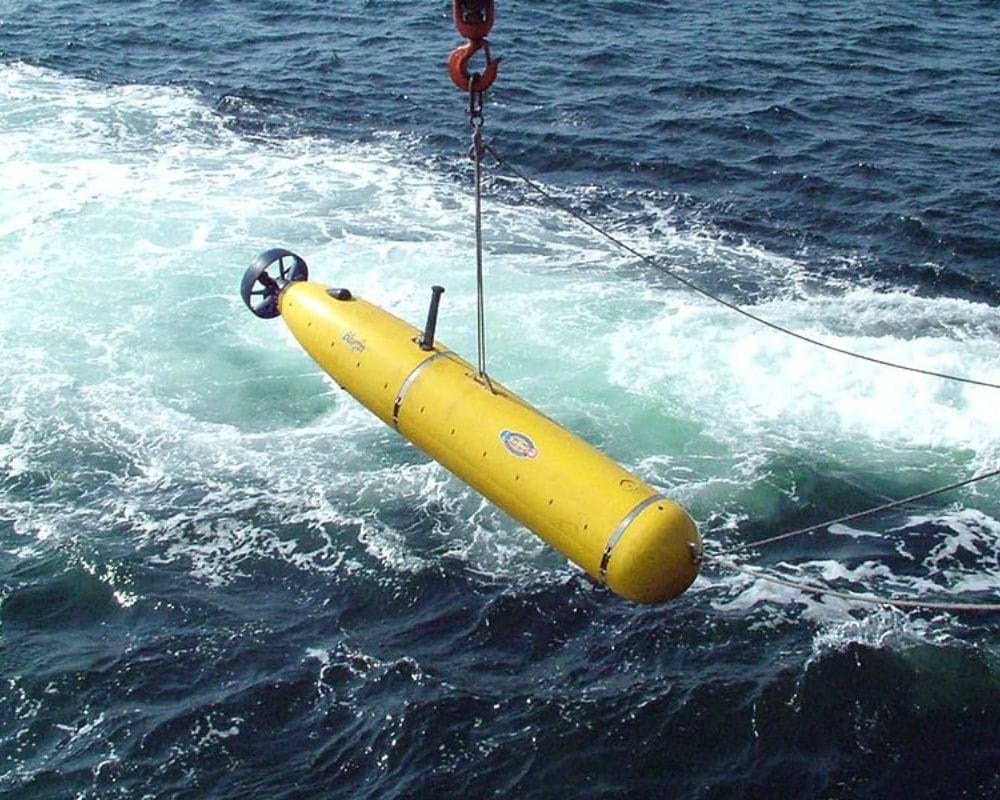
Their autonomy and precision allow them to cover vast areas quickly and efficiently. This technological leap represents a significant advancement in underwater exploration. By utilizing AUVs, Taylor’s team turned the impossible into reality, revolutionizing maritime archaeology.
Hidden With Sonar Technology
Sonar technology revolutionized the search for sunken vessels by emitting sound waves and measuring their return to create detailed ocean floor images. This allowed Taylor’s team to visualize shipwrecks accurately, even in murky or dark waters.

Sonar helped differentiate between natural formations and man-made objects, which was crucial in locating the lost submarines. Its ability to penetrate sediment and reveal hidden features provided valuable insights into underwater environments.
The Significance of Historical Research
Historical research forms the backbone of the Lost 52 Project. Before venturing into the ocean, Tim Taylor’s team meticulously gathered historical documents, naval records, and eyewitness accounts to guide their search efforts. These sources provided vital clues about where the submarines might have sunk and the conditions they faced.
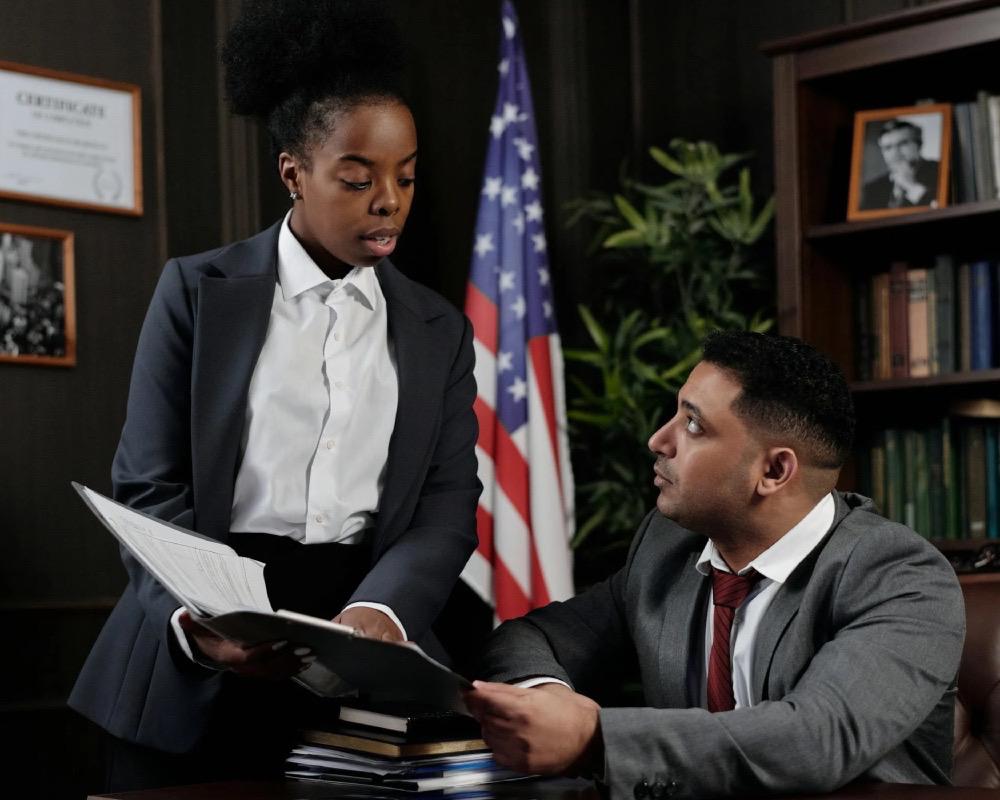
Understanding the historical context allowed the team to narrow down search areas. By blending history with cutting-edge technology, the project ensures a thorough and well-informed search process and preserves the stories of those who served.
Unveiling the USS Grayback Mystery
In October 2010, after years of dedicated research and exploration, Tim Taylor and his team located the USS R-12 off the coast of Key West. The submarine was discovered 600 feet below the water’s surface, remarkably intact, marking a significant achievement for the project.
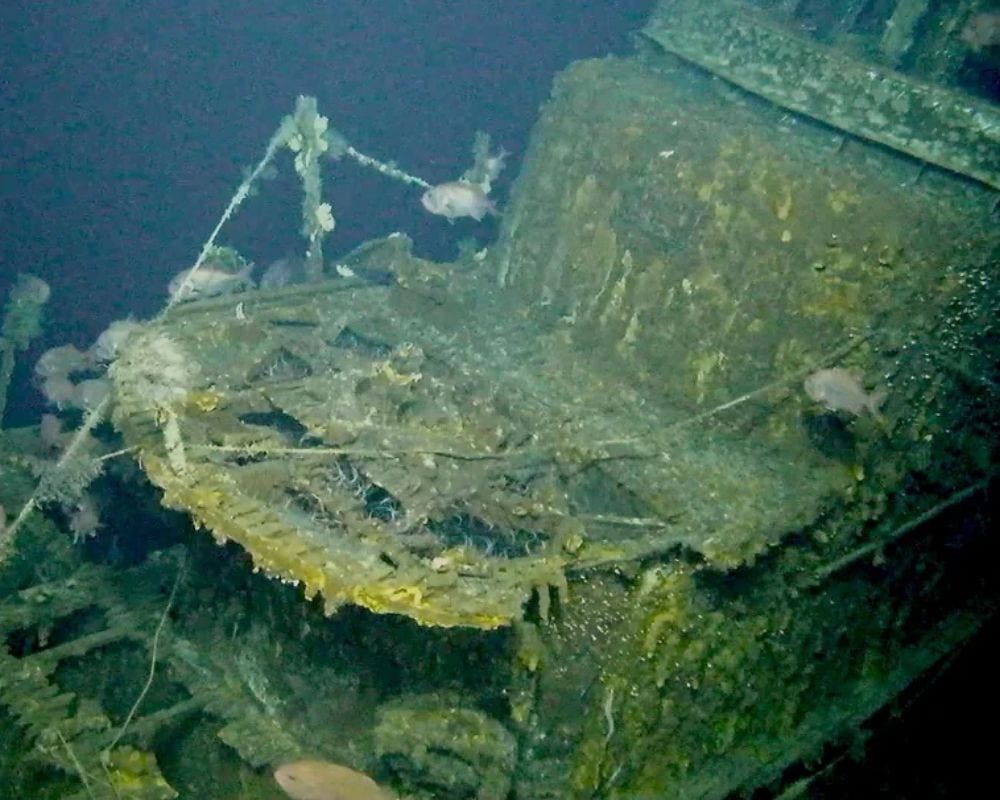
This discovery provided much-needed closure for the families of the lost sailors and reignited interest in the narratives surrounding other sunken submarines. The find represented a pivotal moment for the Lost 52 Project, validating its innovative approach and advanced technology.
Difficulties
The USS Grayback (SS-208) was one of the most successful submarines in the Pacific during World War II, credited with sinking 14 enemy ships. However, in 1944, it mysteriously vanished after a mission in the South China Sea, leaving the fate of its 80 crew members unknown.
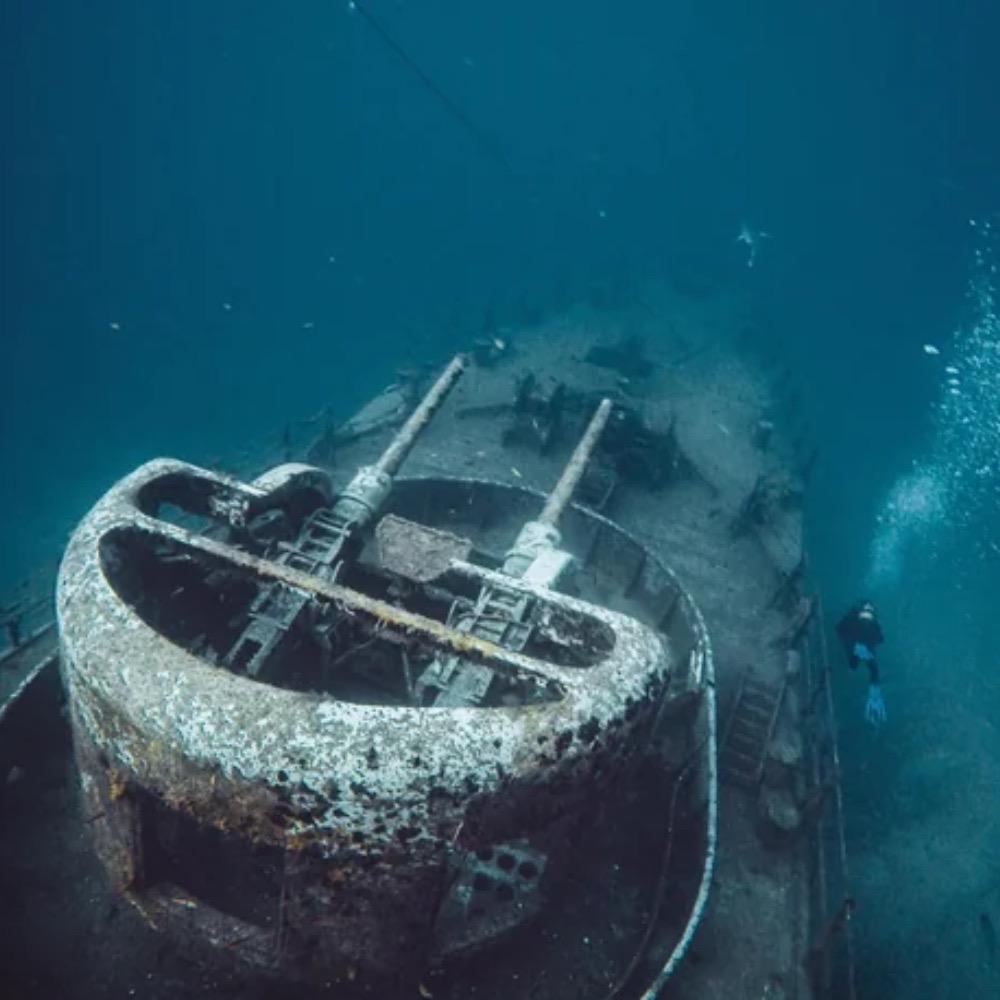
Like the R-12, the Grayback’s disappearance sparked intrigue and became Tim Taylor’s next challenge. Searching for the Grayback proved to be a significant challenge, requiring all of Taylor’s expertise, patience, and innovative techniques.
New Insights From Japanese Records
While researching the USS Grayback in Japanese wartime records, Tim Taylor’s team uncovered a crucial piece of information: the Grayback was likely sunk by an enemy aircraft on February 27, 1944, revealing the location of the attack. Unfortunately, a clerical error in the original coordinates had misled prior searches.

This discovery highlighted the importance of cross-referencing sources in historical research to avoid mistakes and ensure that every piece of evidence is meticulously examined.
Accurate Coordinates
Accurate coordinates are vital for successful underwater searches. In the case of the USS Grayback, a single-digit error in the translated coordinates misled previous searchers, placing them over 100 miles off course. Recognizing this issue, Tim Taylor’s team re-examined the Japanese records, corrected the mistake, and redirected their search efforts to the accurate location.
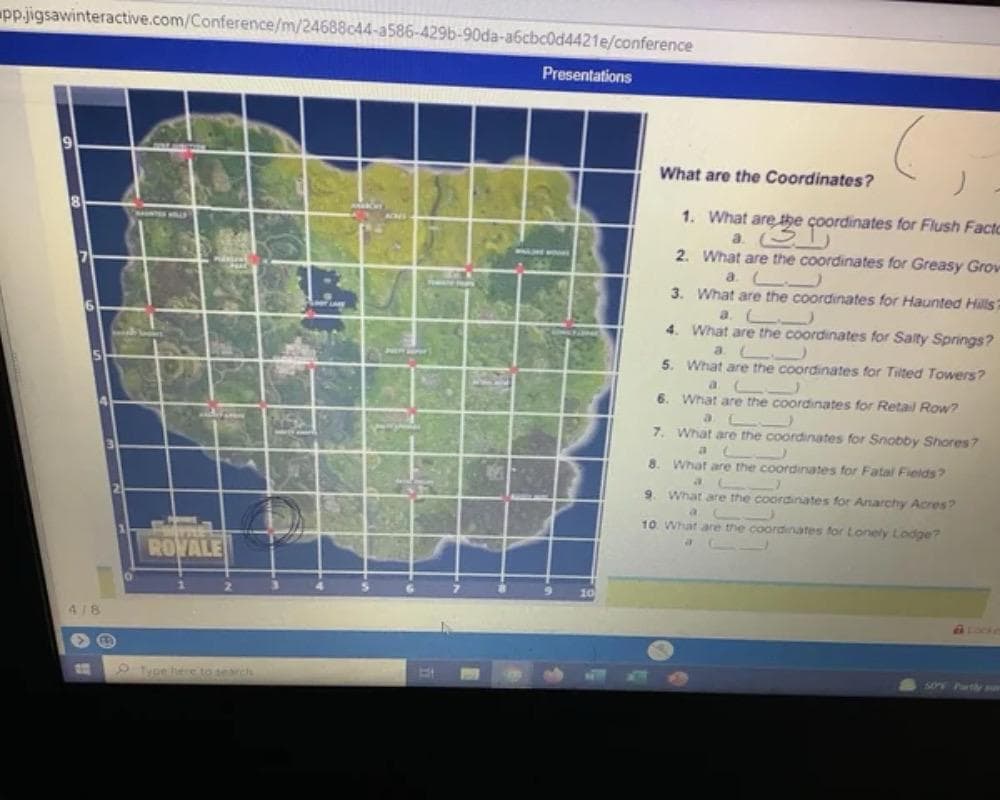
This experience underscores the importance of precision and attention to detail in maritime record-keeping, as small errors can have significant consequences. The lesson from this mistake is clear: accuracy and meticulousness are essential for successful exploration and discovery.
Embarking on the Grayback Expedition
In June 2019, Tim Taylor and his team set sail for Okinawa, Japan, armed with state-of-the-art technology to search for the USS Grayback. Their mission aimed to finally locate and document the submarine’s resting place, offering closure to the families of the lost crew. This expedition represented the culmination of years of preparation, research, and technological innovation.

However, unlike their earlier discovery of the R-12, locating and documenting the Grayback proved to be anything but straightforward. From the outset, the situation was fraught with challenges that tested the team’s resolve and expertise.
Navigating Technical Challenges at Sea
Despite thorough preparations, the expedition to find the USS Grayback encountered numerous technical challenges. Equipment malfunctions, rough seas, and unexpected weather conditions tested the team’s resilience and problem-solving skills.
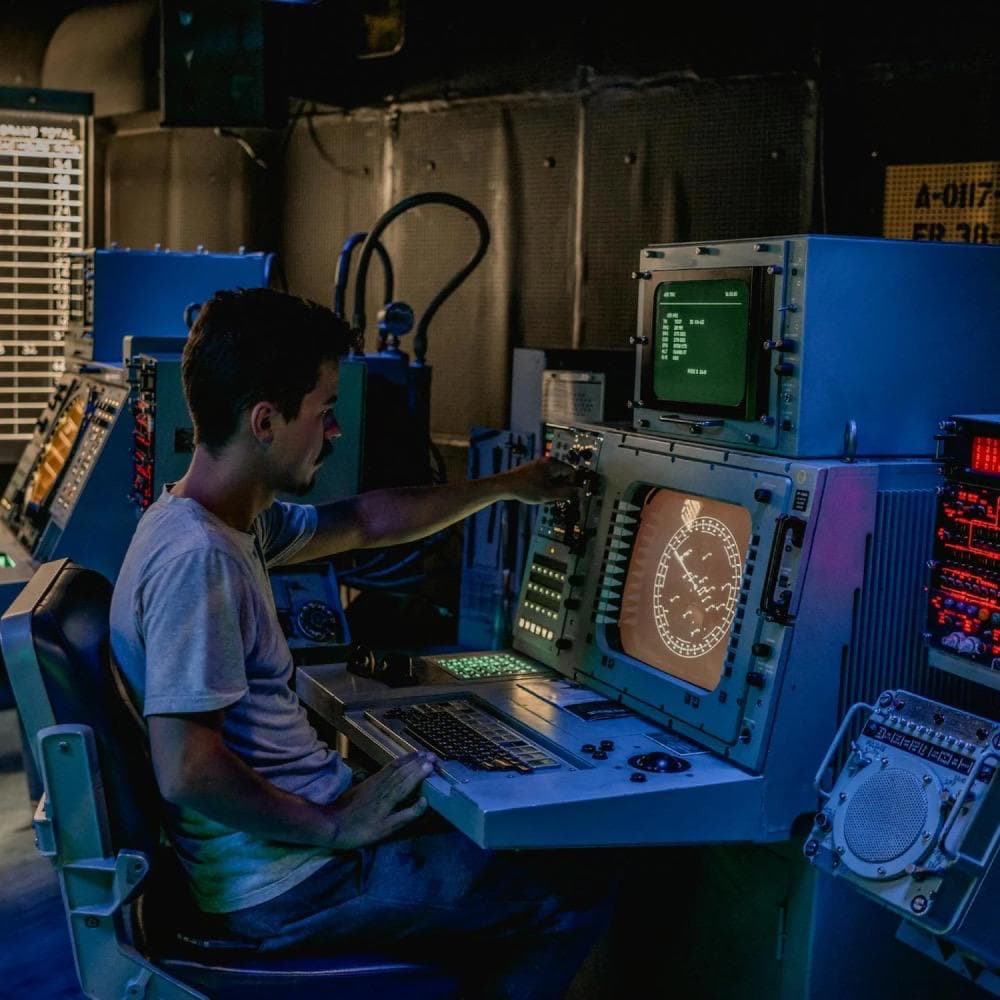
Such obstacles are commonplace in underwater exploration, where conditions can shift rapidly, demanding adaptability and quick thinking. Their ability to navigate these adversities underscored their dedication to the mission and highlighted the complexities and unpredictability of underwater exploration.
Submersible Drones Rescue
Submersible drones were instrumental in the search for the USS Grayback. These advanced machines employ sonar technology to generate detailed ocean floor images, enabling the team to locate and identify shipwrecks effectively. The drones offer a unique perspective on underwater environments.

They are capable of diving to significant depths, revealing intricate details that remain invisible to the naked eye. The use of submersible drones exemplifies the synergy between technology and exploration, showcasing how innovation can unlock new possibilities in maritime archaeology.
A Last-Minute Discovery
Just as the team was ready to abandon the search due to persistent technical issues, a last-minute breakthrough changed everything. The autonomous underwater vehicles detected a large object on the ocean floor, revealing the unmistakable outline of a submarine. Upon further investigation, it was confirmed to be the USS Grayback, resting more than 1,400 feet deep.

This discovery was a moment of triumph and relief. The unexpected breakthrough underscored the unpredictable nature of exploration and the potential for success, even when hope seems lost.
The Triumph
The discovery of the USS Grayback was a momentous achievement for the Lost 52 Project. After decades of uncertainty, the submarine’s final resting place was finally uncovered, marking the end of a long search, and this pivotal moment provided the families of the lost sailors with the answers they had long awaited.
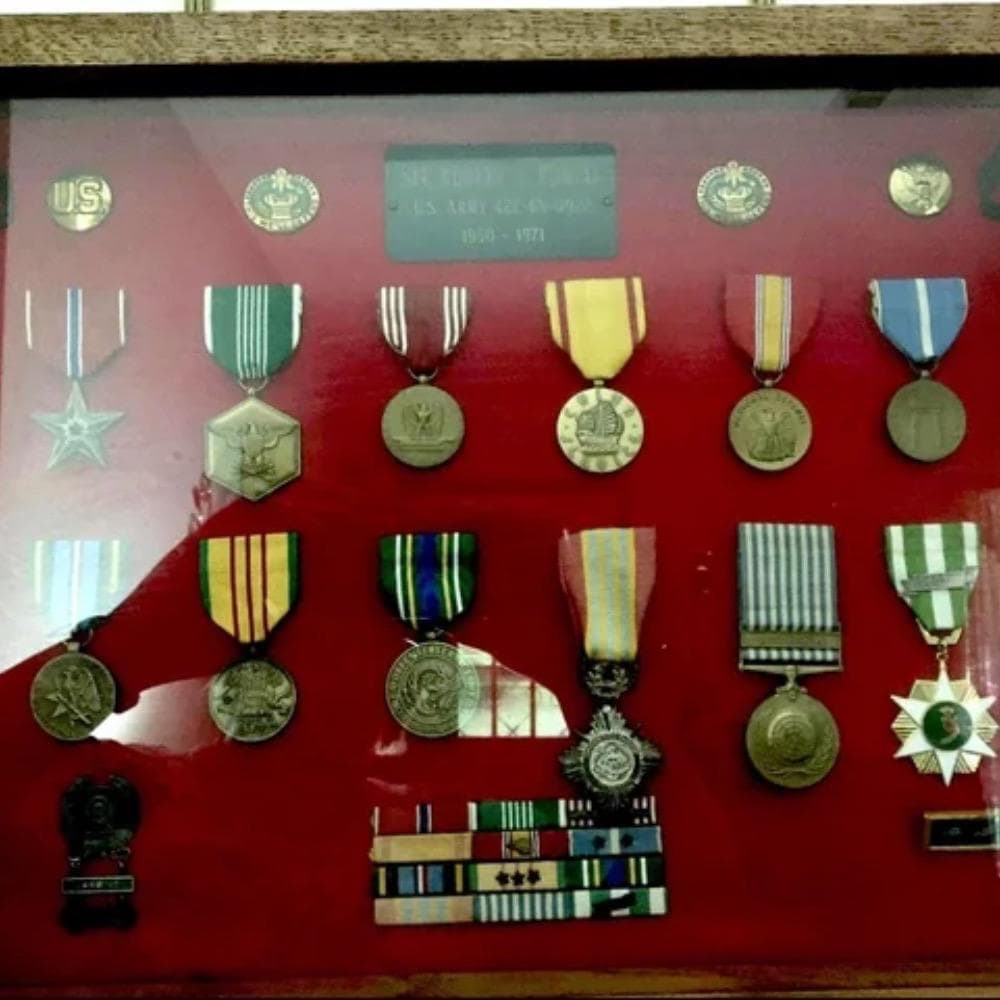
For Taylor and his team, the discovery fueled their enthusiasm to locate more lost vessels and solve many mysteries hidden beneath the ocean’s surface. The Grayback’s discovery symbolizes the success of the Lost 52 Project and its mission to honor those who served and sacrificed.
Cataloging the Wreckage
Documenting the wreckage of the USS Grayback was a crucial part of the discovery process. Taylor’s team employed high-resolution cameras and sonar imaging to capture detailed footage of the submarine, preserving its condition and providing invaluable data for further study.
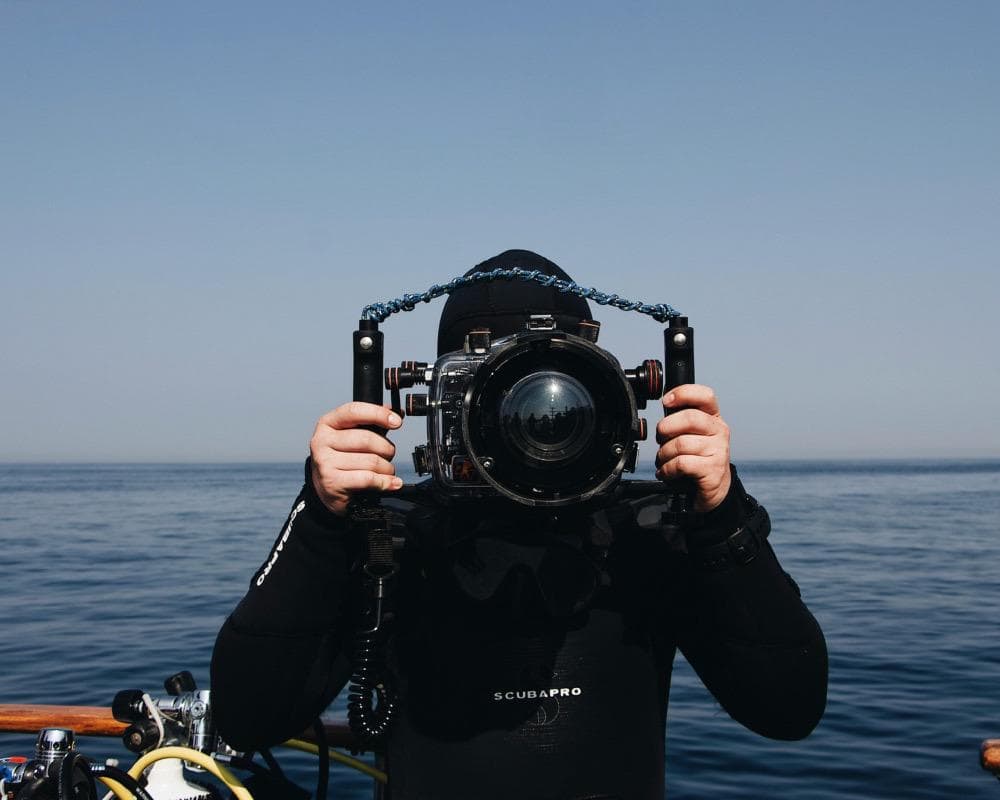
This thorough documentation enables historians and researchers to analyze the wreckage. Additionally, these detailed records help ensure that the site is preserved for future generations. By meticulously documenting the wreckage, the Lost 52 Project emphasizes the importance of preserving historical sites and the stories they tell.
Preserving Underwater History
Preserving underwater historical sites like the USS Grayback is a complex task that demands meticulous planning and execution. Taylor’s team took great care to ensure the site remained undisturbed and protected, honoring the submarine’s status as a war grave.
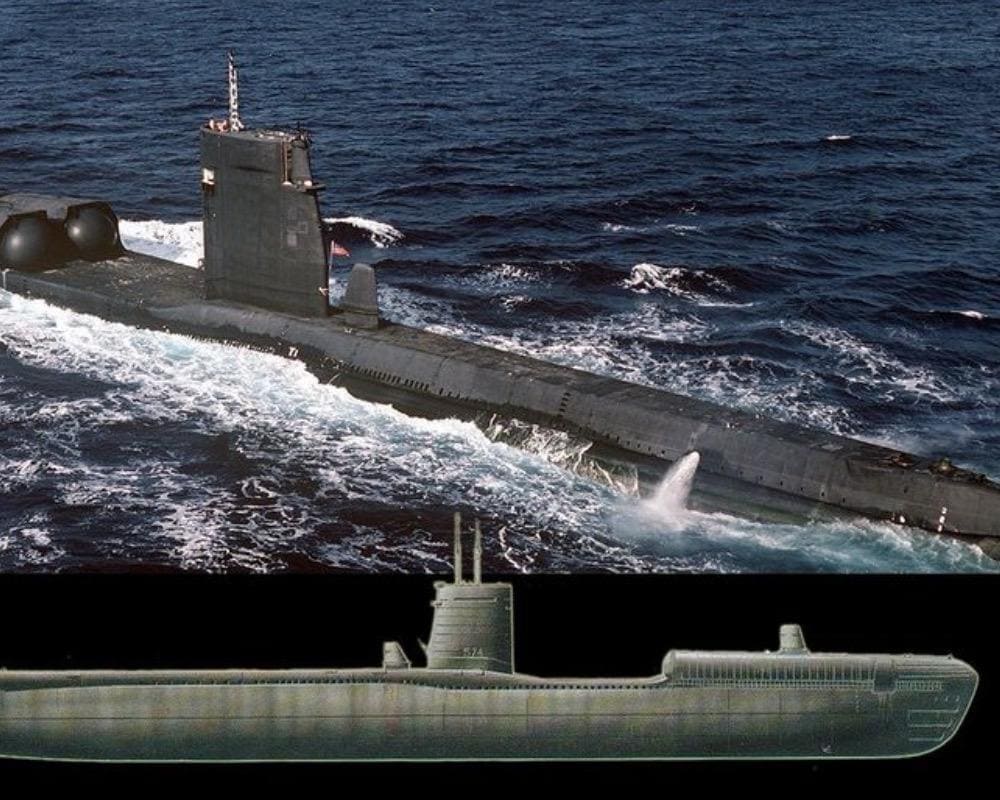
Moreover, it creates opportunities for further study, allowing researchers to explore the site’s historical and ecological significance. These preservation efforts show the project’s dedication to honoring history and ensuring that future generations do not forget the stories of the past.
Preserving Submarine Relics for Future Generations
One of the Lost 52 Project’s missions is not just to find and document lost submarines but to preserve their stories for the future. By meticulously recording every discovery and ensuring each site is treated with respect, the project helps preserve these historical relics for future generations of historians and explorers.
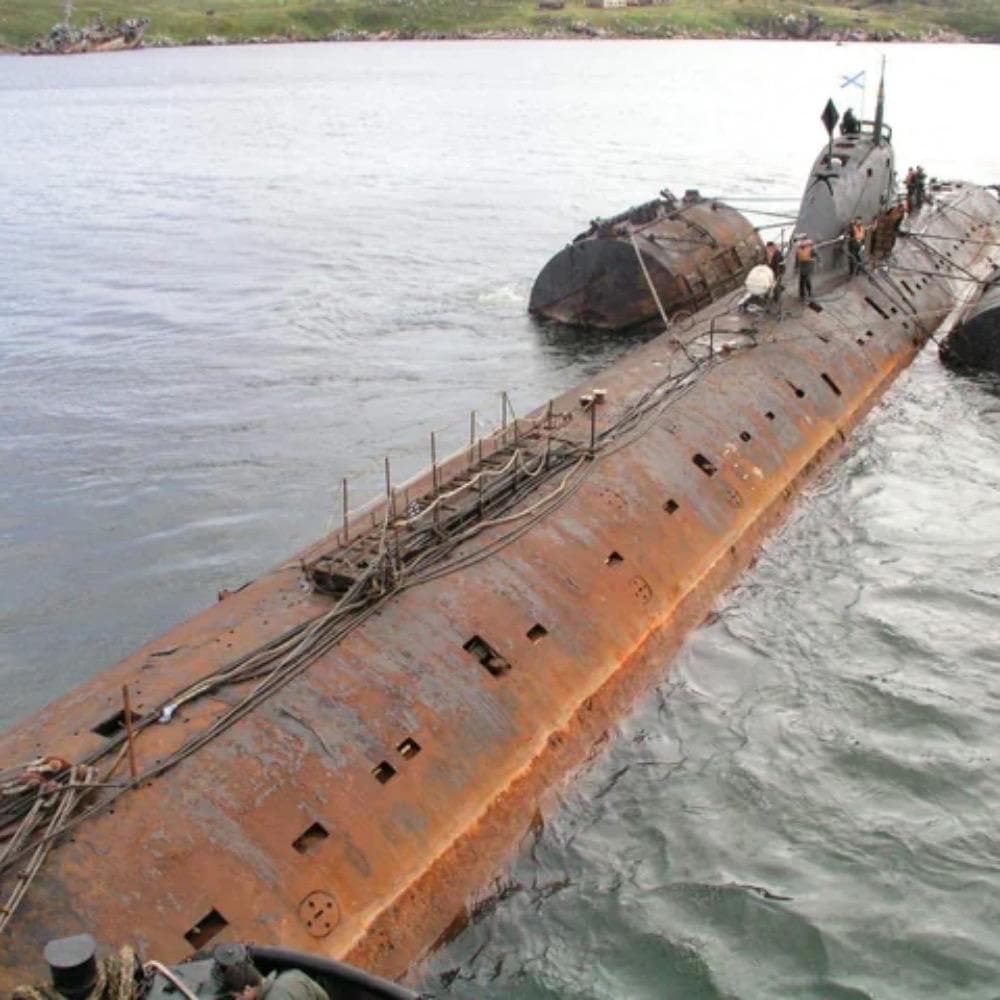
The effort highlights the importance of safeguarding maritime heritage, reminding us that these sunken vessels are not just shipwrecks but memorials that tell powerful stories of courage, sacrifice, and perseverance.
Commemorating War Graves
The USS Grayback is more than just a shipwreck; it’s a war grave holding the remains of 80 sailors who served during World War II. Honoring these sites is a vital part of the Lost 52 Project’s mission, ensuring that the sacrifices made by these sailors are remembered and respected. The project adheres to strict protocols to protect these sites, recognizing their historical and emotional significance.

The project’s respectful approach to war graves demonstrates the need for sensitivity and care in exploring and preserving historical sites. This dedication protects the integrity of the wrecks and fosters a deeper connection to the history and stories surrounding these vessels.
The Families
Furthermore, the Lost 52 Project actively engages with the sailors’ families, providing them with updates and opportunities to honor their loved ones’ memories. This inclusive approach emphasizes the human element behind the historical narratives.
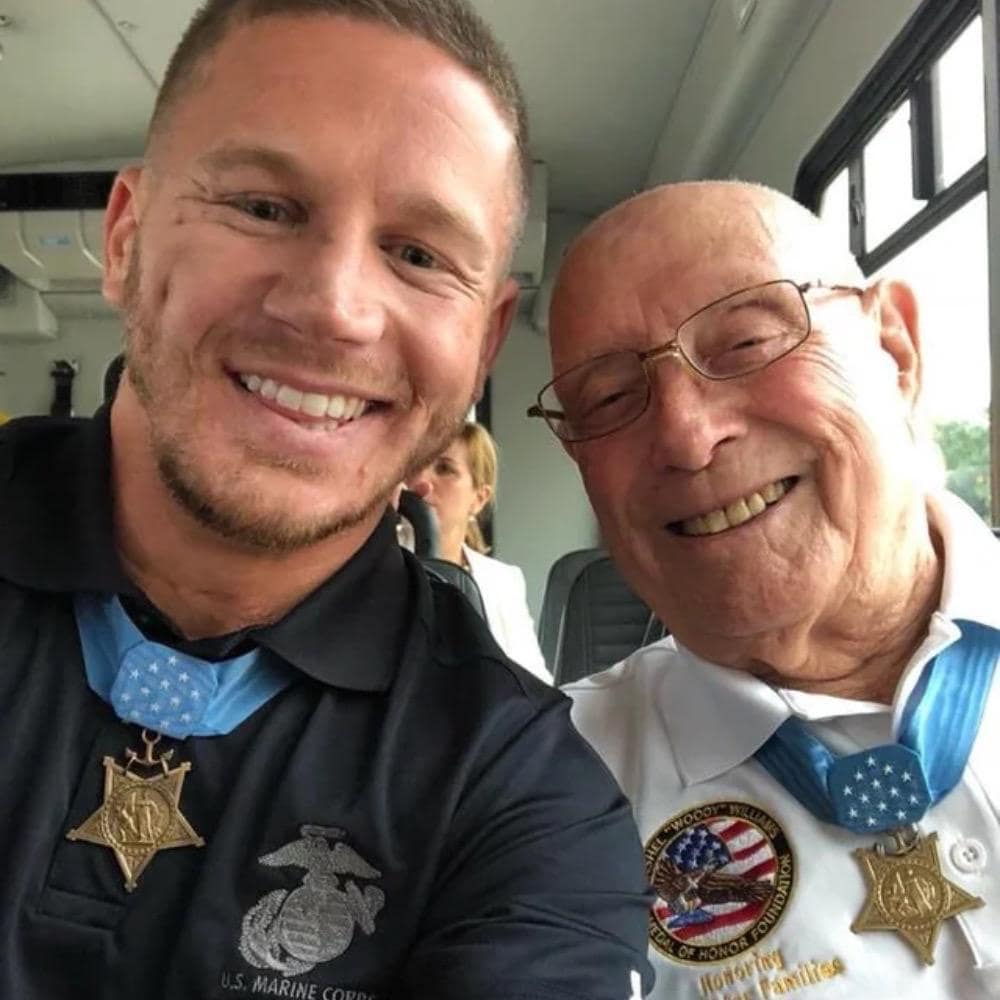
Ultimately, the Grayback and its crew symbolize the enduring impact of history on our present and future, reminding us of the importance of remembrance and respect in our exploration of the deep sea.
Artificial Reef
Over the years, the USS Grayback has become an artificial reef home to diverse marine life. This transformation is a testament to nature’s resilience and adaptability, as sea creatures use the sunken vessel for shelter and sustenance. Marine life adds another layer of complexity to the discovery, offering opportunities for ecological study.
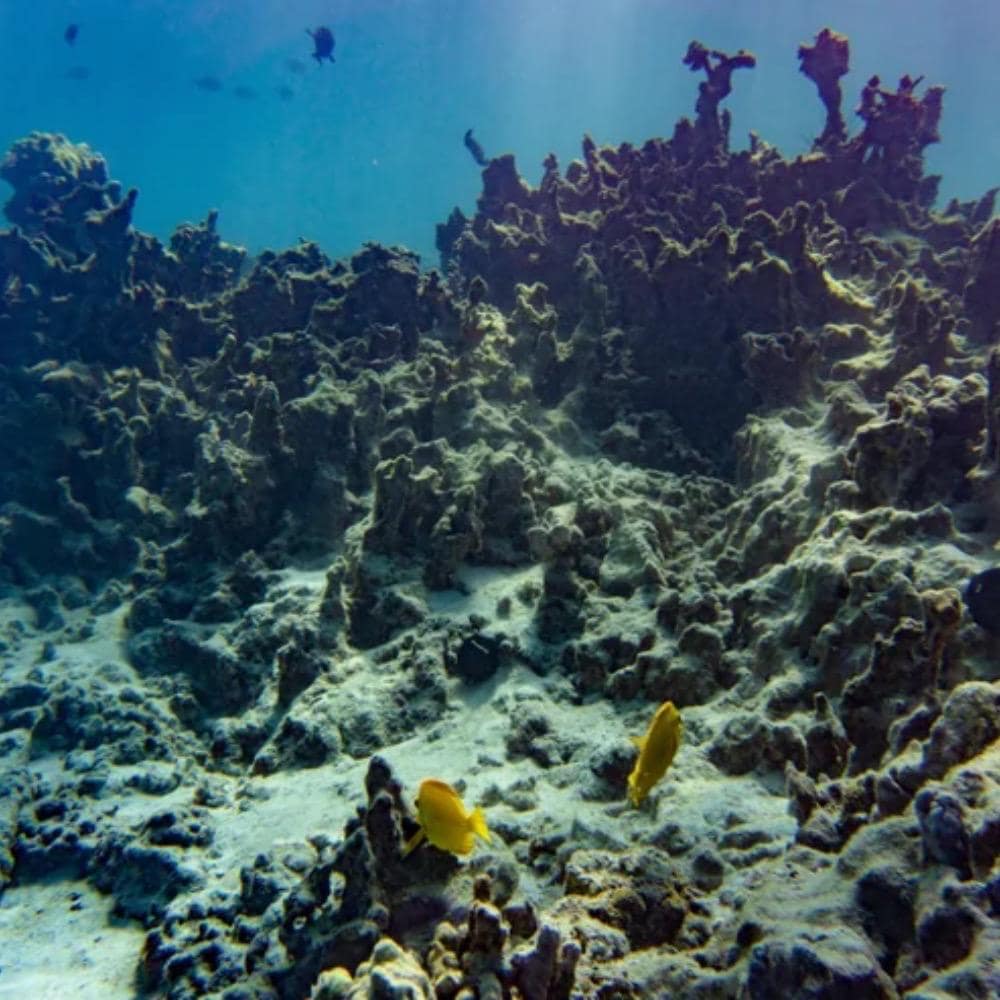
The submarine’s dual role as a historical artifact and ecological habitat symbolizes how the sailors’ legacy continues in a new form, as vibrant ecosystems flourish around the wreckage.
Honoring the Fallen Sailors
This heartfelt tribute honors the fallen sailors who bravely served, but it also reminds us of humans’ lasting impact on the marine world. The Grayback is a powerful symbol, showing the delicate balance between honoring our history and understanding its influence on the natural environment.
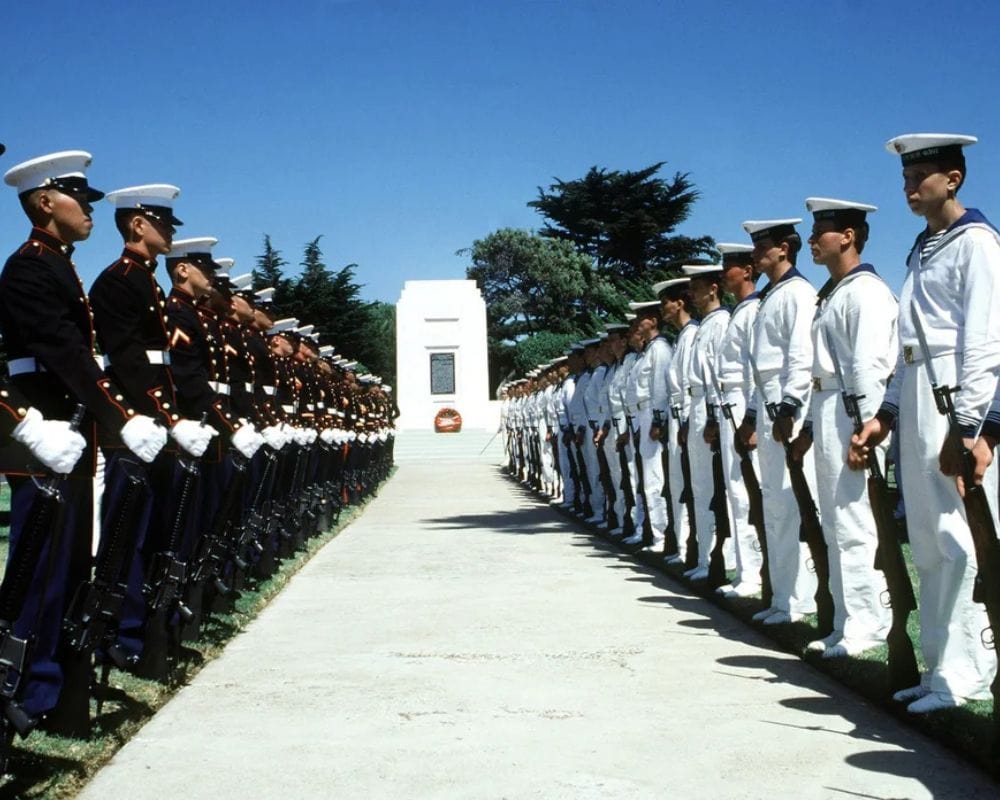
By remembering these sailors, we pay respect to their sacrifice and reflect on how our past actions continue to shape the fragile ecosystems beneath the waves. It’s a meaningful reminder of the need to preserve both our history and the oceans they sailed.
Connecting With the Families
Taylor’s team works diligently to identify and memorialize these individuals. By bringing closure to families and recognizing the service of these sailors, the project pays tribute to the bravery and dedication of those who served.
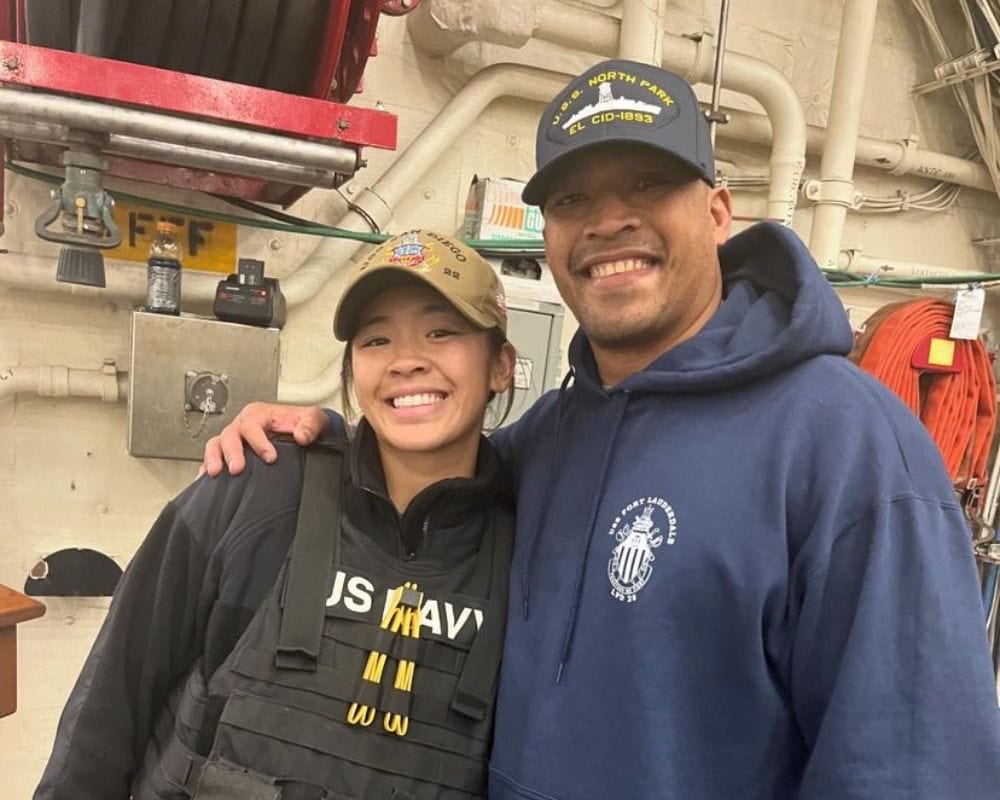
This commitment to honoring the fallen reinforces the project’s mission to preserve the memory and legacy of World War II heroes. The Lost 52 Project’s dedication to honoring these sailors ensures that their stories live on, a powerful reminder of the sacrifices made to serve their country.
Duty and Sacrifice
Through research, exploration, and public awareness, Taylor’s team also highlights the personal stories behind each lost vessel, transforming mere statistics into profound narratives of sacrifice and courage. This effort fosters a deeper appreciation for the human cost of conflict and the enduring spirit of those who served.

These sailors performed an honorable and selfless act, embodying the ideals of duty and sacrifice. The legacy they leave behind is a testament to their courage and commitment, reminding us that their service should never be forgotten.
The Journey of John Patrick King
One poignant story that emerged from the discovery of the USS Grayback is that of John Patrick King, a sailor who served aboard the submarine. His niece, Kathy Taylor, had dedicated years to searching for information about her uncle’s fate, hoping to piece together the mystery that had loomed over her family.

When the Grayback was finally located, it fulfilled Kathy’s lifelong mission, bringing much-needed closure to her family and honoring John’s memory in a deeply meaningful way.
Kathy’s Side
Kathy’s story powerfully reminds us of the individual lives behind each historical exploration. The search for the Grayback ended decades of uncertainty for her family, finally providing relief and comfort. The emotional resonance of these findings goes beyond mere historical significance; they serve as acts of compassion that acknowledge the sacrifices made by the sailors and their families.

This dimension of the project showcases the work’s kind and noble aspects, emphasizing the human connections that make historical discoveries truly meaningful.
A Tribute to the Crew
The discovery of the USS Grayback is a profound tribute to the 80 sailors who once manned the submarine. Their bravery and unwavering dedication in the face of danger exemplify the extraordinary courage displayed by countless individuals during World War II. This initiative celebrates their contributions, acknowledges their bravery, and reinforces the importance of their legacy.
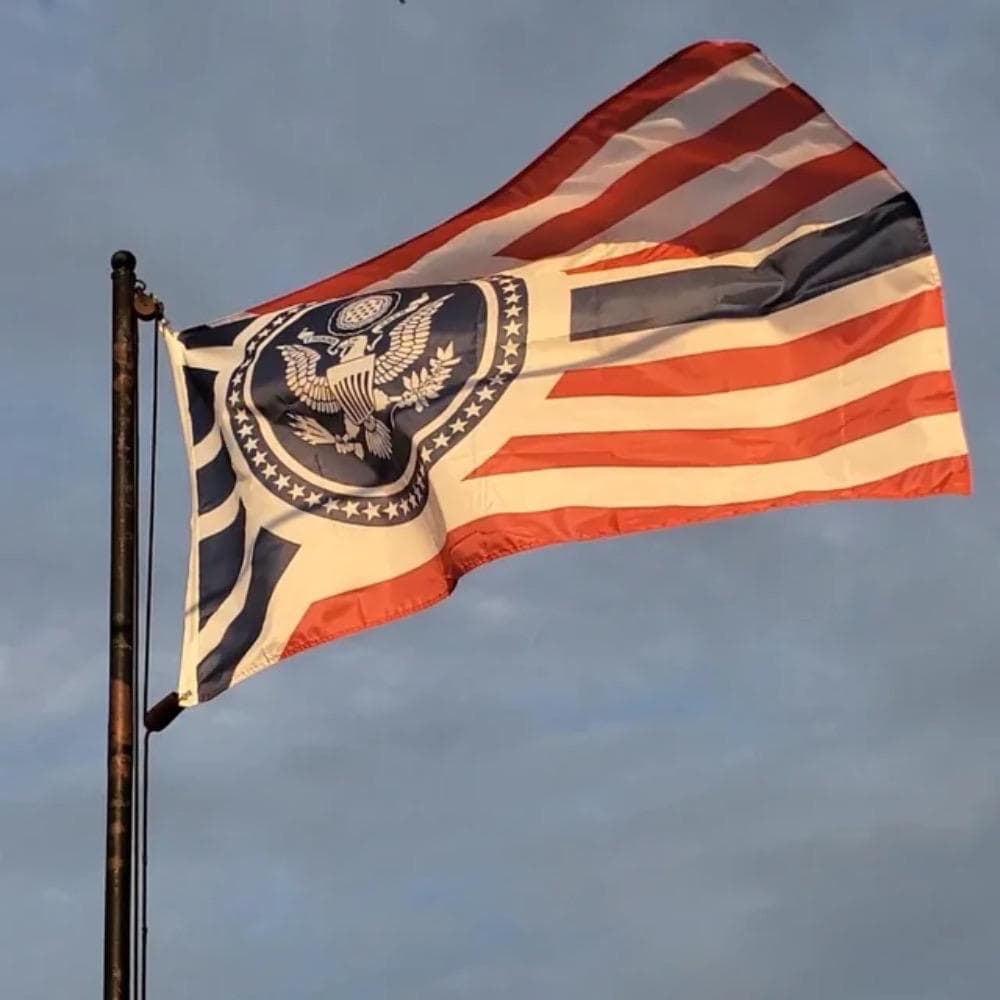
While it is incredibly sad that the crew of the Grayback perished, Taylor’s work guarantees that their memories will not fade into oblivion. Instead, they will be preserved and honored as they rightfully deserve.
The USS Grayback’s Service Record
Before its mysterious disappearance, the USS Grayback distinguished itself as one of the most successful submarines in the Pacific theater during World War II. With an impressive tally of 14 enemy ships sunk, it played a pivotal role in disrupting vital supply lines and supporting the Allied war effort.
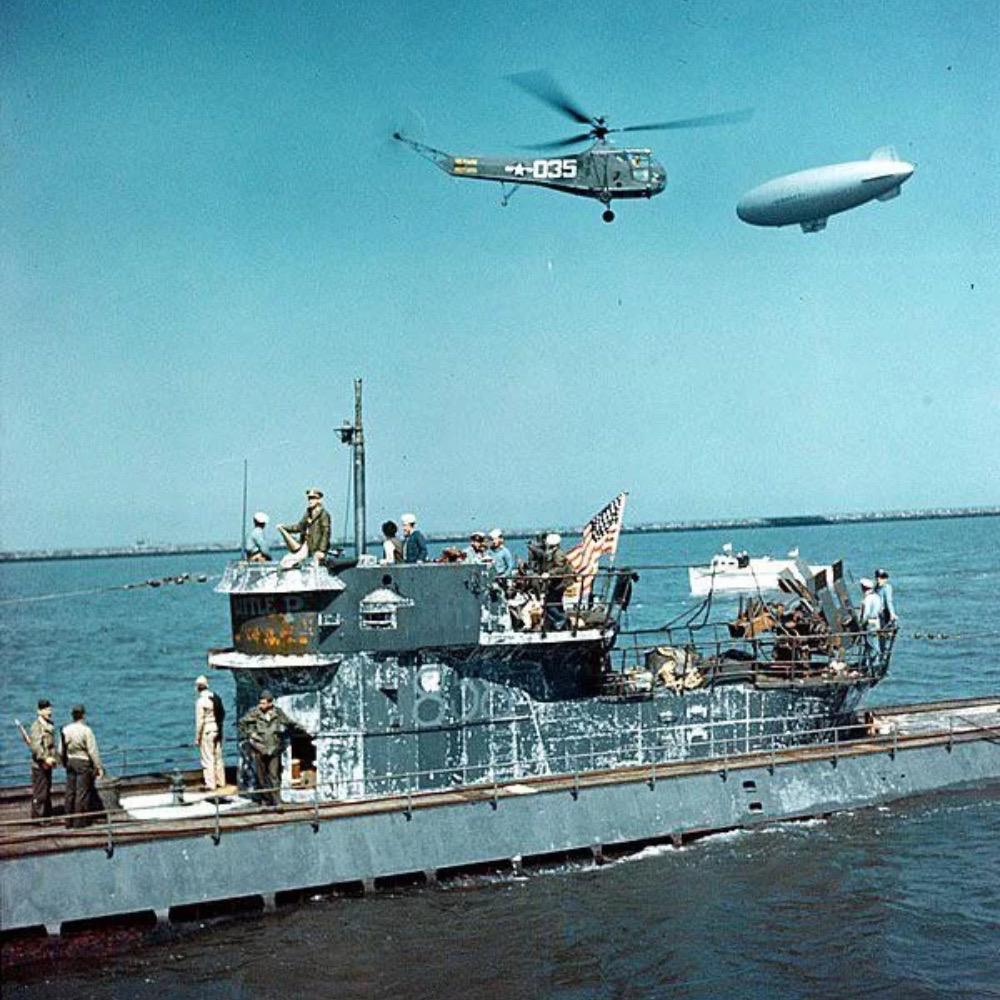
The Grayback’s achievements not only highlight its significance as a powerful maritime force in the Pacific but also reflect its crew’s extraordinary skill and bravery. Their relentless determination and tactical ingenuity were instrumental in executing successful missions under dangerous conditions.
Conquering Challenges in Exploration
Taylor’s team encountered many challenges while searching for the USS Grayback, including technical malfunctions and environmental obstacles threatening their mission. Overcoming these issues demanded exceptional resilience, creativity, and unwavering determination.
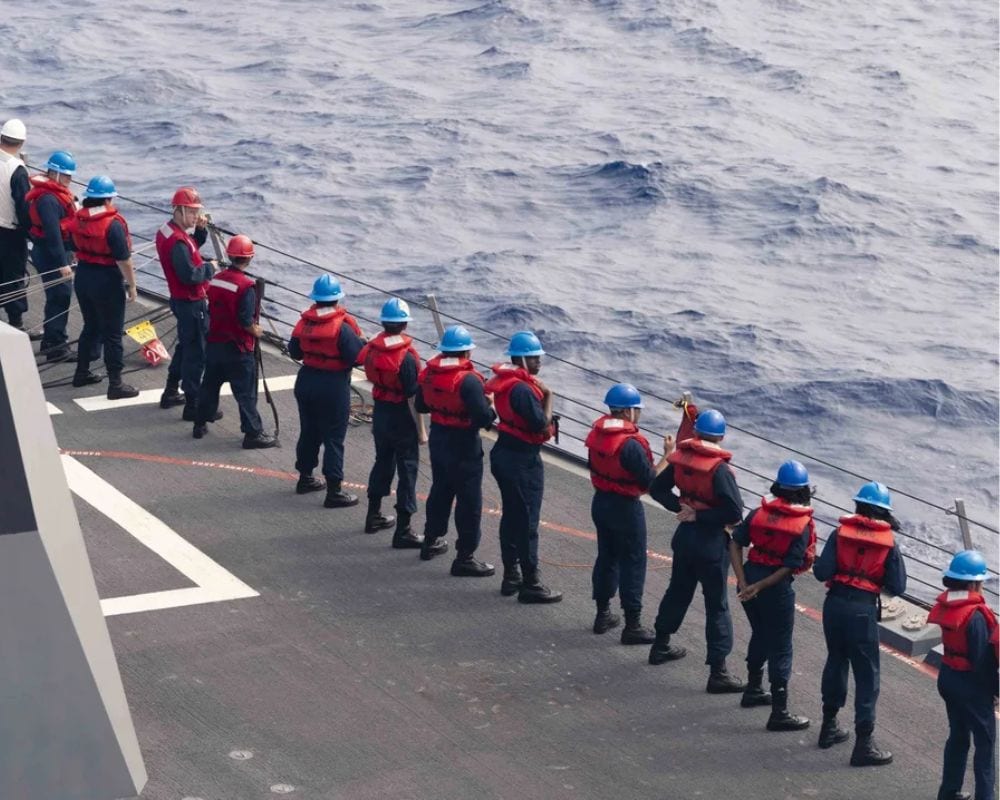
This experience illustrates the intricate nature of underwater exploration, where unforeseen difficulties can arise at any moment. Taylor’s team’s dedication and tenacity serve as a powerful reminder of the importance of perseverance when faced with adversity.
The Team Effort Behind the Initiative
The Lost 52 Project exemplifies the power of collaboration, uniting experts from various fields, including history, technology, and marine exploration. This multidisciplinary approach ensures a thorough and informed search process, effectively leveraging each team member’s unique strengths and insights.

This experience illustrates the intricate nature of underwater exploration, where unforeseen difficulties can arise at any moment. Taylor’s team’s dedication and tenacity serve as a powerful reminder of the importance of perseverance when faced with adversity.
Education and Community Engagement
Education and outreach play a crucial role in the mission of the Lost 52 Project as they strive to share their discoveries with the broader public. By highlighting the sacrifices made by World War II sailors, Taylor’s team raises awareness of the importance of preserving maritime history.
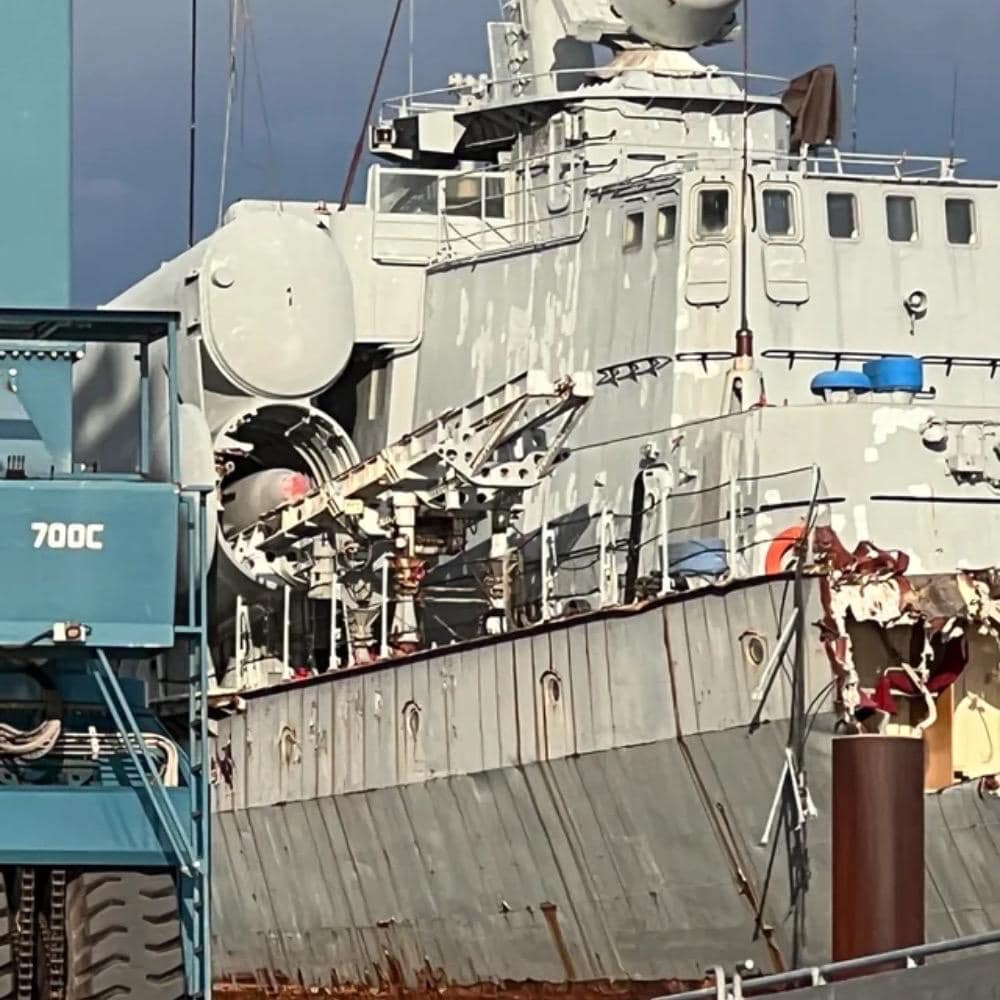
Through various educational efforts, the project aims to inspire future generations to explore and learn about history. By fostering a deeper appreciation for the sacrifices and achievements of previous generations, they encourage individuals to engage with historical narratives actively.
Broadening the Mission
Following the remarkable discovery of the USS Grayback, the Lost 52 Project has expanded its mission to encompass other lost submarines and naval vessels, reflecting a broader commitment to maritime exploration. Taylor’s team is now dedicated to pushing the boundaries of underwater discovery, embarking on searches for shipwrecks across the globe.
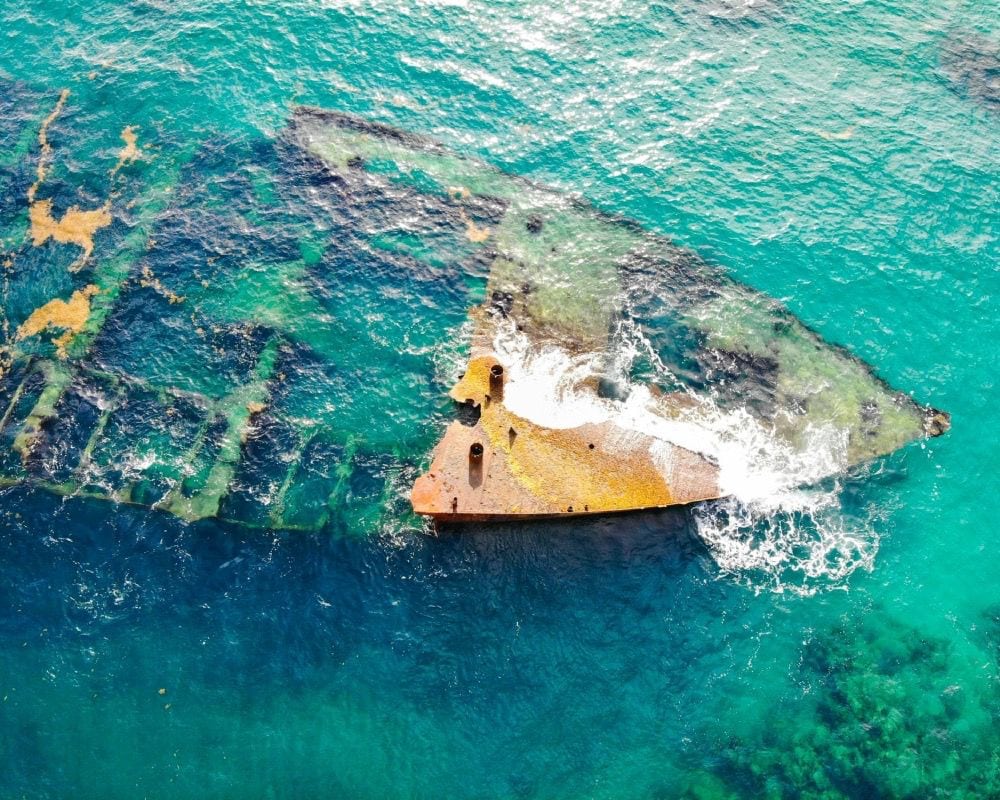
This expansion enhances the team’s scope and contributes to a growing body of knowledge about maritime history, offering fresh insights and preserving essential narratives for future generations.
Maritime Archaeology
By pursuing additional shipwrecks, the team continues to shed light on the complexities of naval warfare and the stories of the individuals involved. Each discovery adds layers to our understanding of history and enriches the narrative of human resilience in the face of adversity.

Ultimately, by broadening its mission, the Lost 52 Project is making significant strides in maritime archaeology, uncovering hidden histories, and preserving the legacies of countless sailors.
The Future of Undersea Exploration
The success of the Lost 52 Project paves the way for the future of underwater exploration, demonstrating how advances in technology and collaboration can push the boundaries of what is possible. Taylor’s team’s innovative methods and tools not only led to the remarkable discovery of the USS Grayback but also opened new frontiers in maritime archaeology.
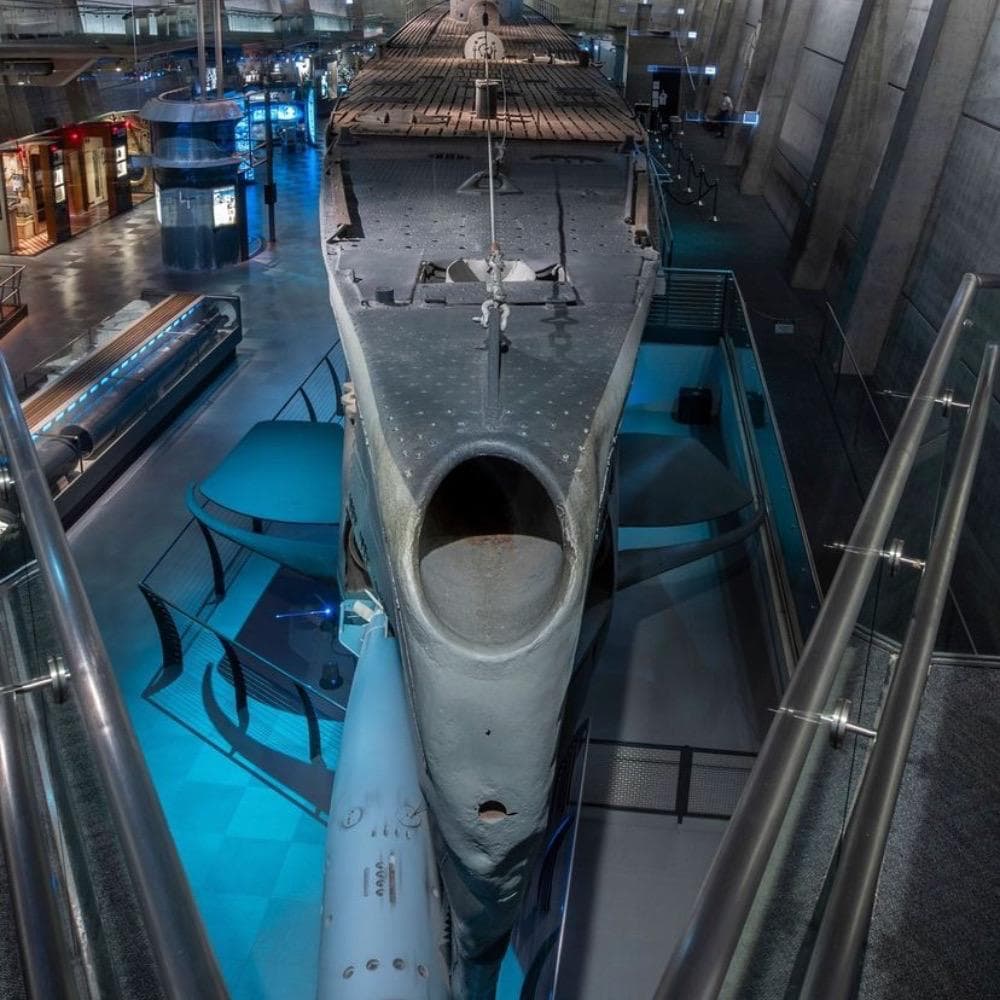
This project reinforces that collaboration among experts from various fields can lead to groundbreaking results. As the future of underwater exploration unfolds, it shines brightly with innovation and dedication.
Inspiring Future Generations
The Lost 52 Project is dedicated to inspiring the next generation of explorers and historians. Through its groundbreaking discoveries and extensive educational outreach, the project encourages young people to pursue exploration, technology, and history careers.
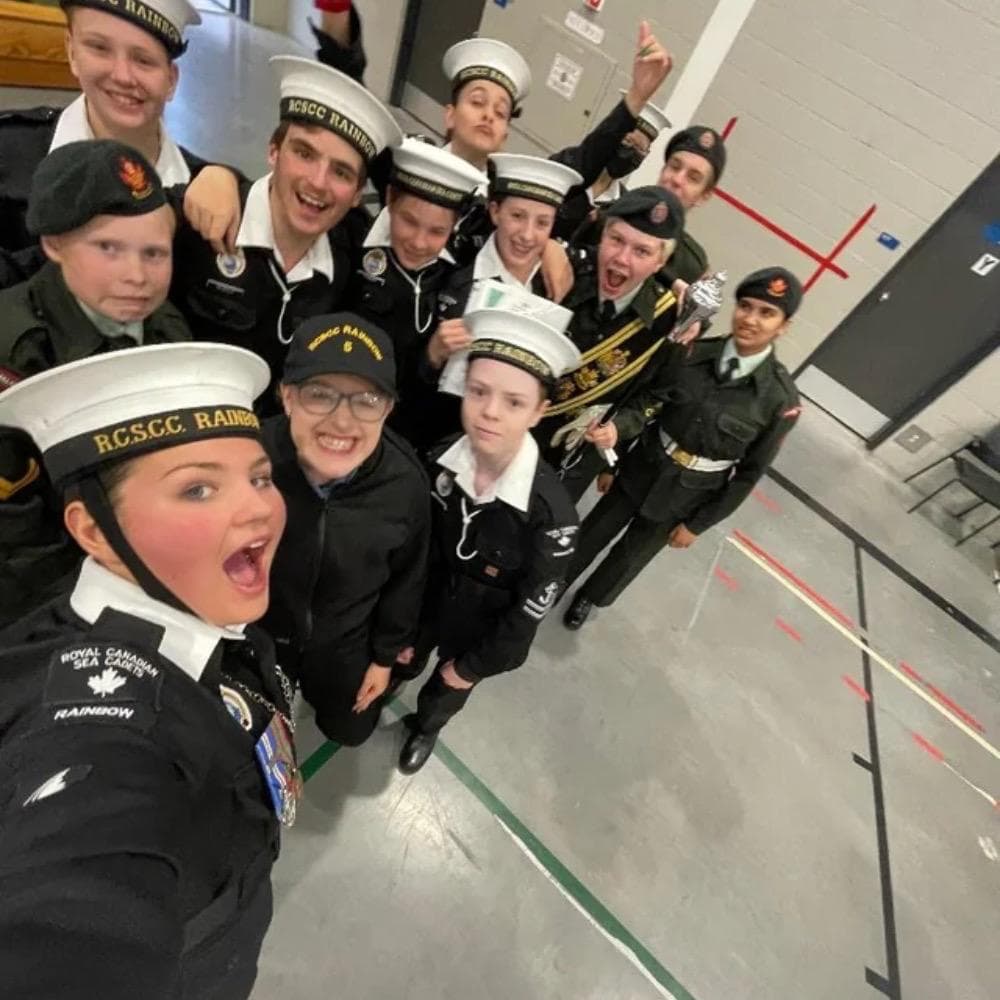
Engaging and inspiring young minds is fundamental to the Lost 52 Project’s mission. The project fosters a growing interest in maritime history and exploration and paves the way for future discoveries.
The Human Element
While the Lost 52 Project uses cutting-edge technology to explore the deep, it never forgets the human element. Each submarine represents not just a lost vessel but the lives of those who served aboard.
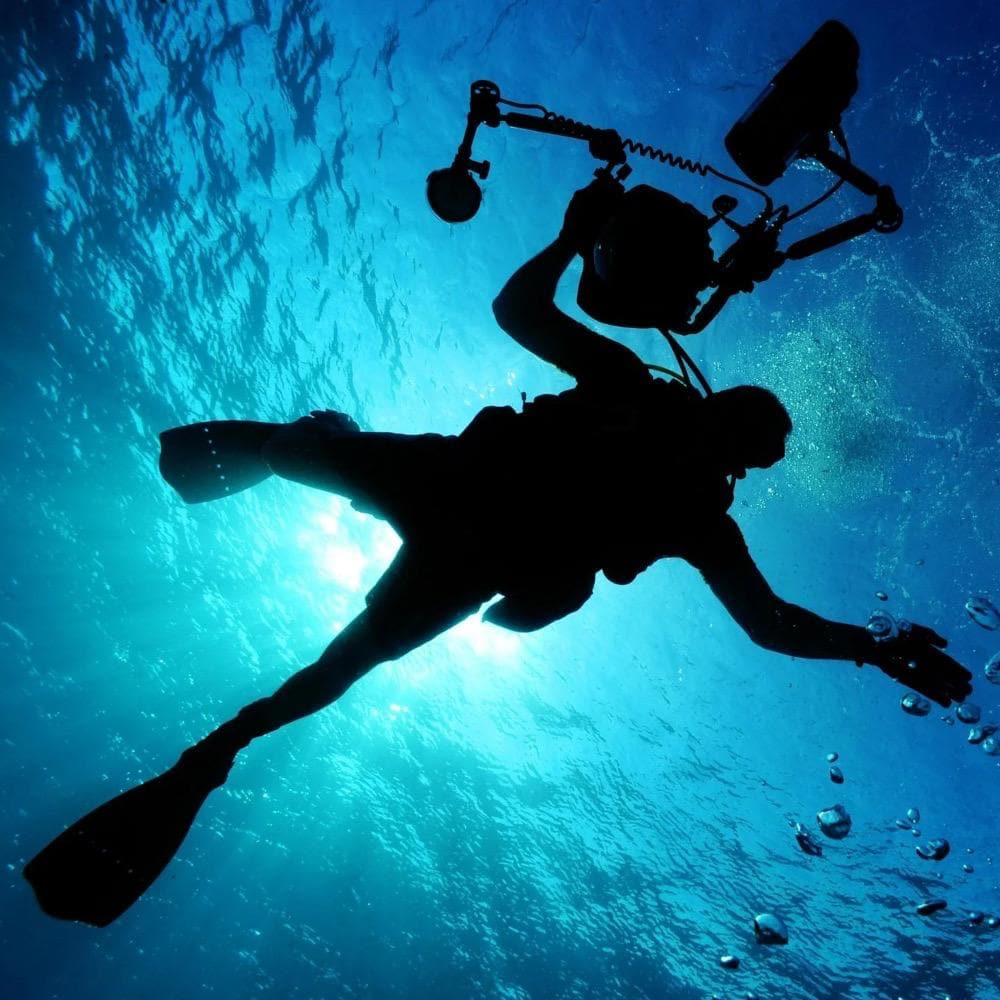
The project’s careful approach to handling the remains of these submarines highlights the deep emotional connection between history and families who lost loved ones. It’s a project rooted in empathy, ensuring that these men are honored, their stories shared, and their sacrifices remembered by future generations.
The Influence of the Project
The Lost 52 Project has profoundly impacted maritime archaeology and historical exploration. Its discoveries have provided closure to the families of lost sailors and preserved vital stories that would otherwise be forgotten.
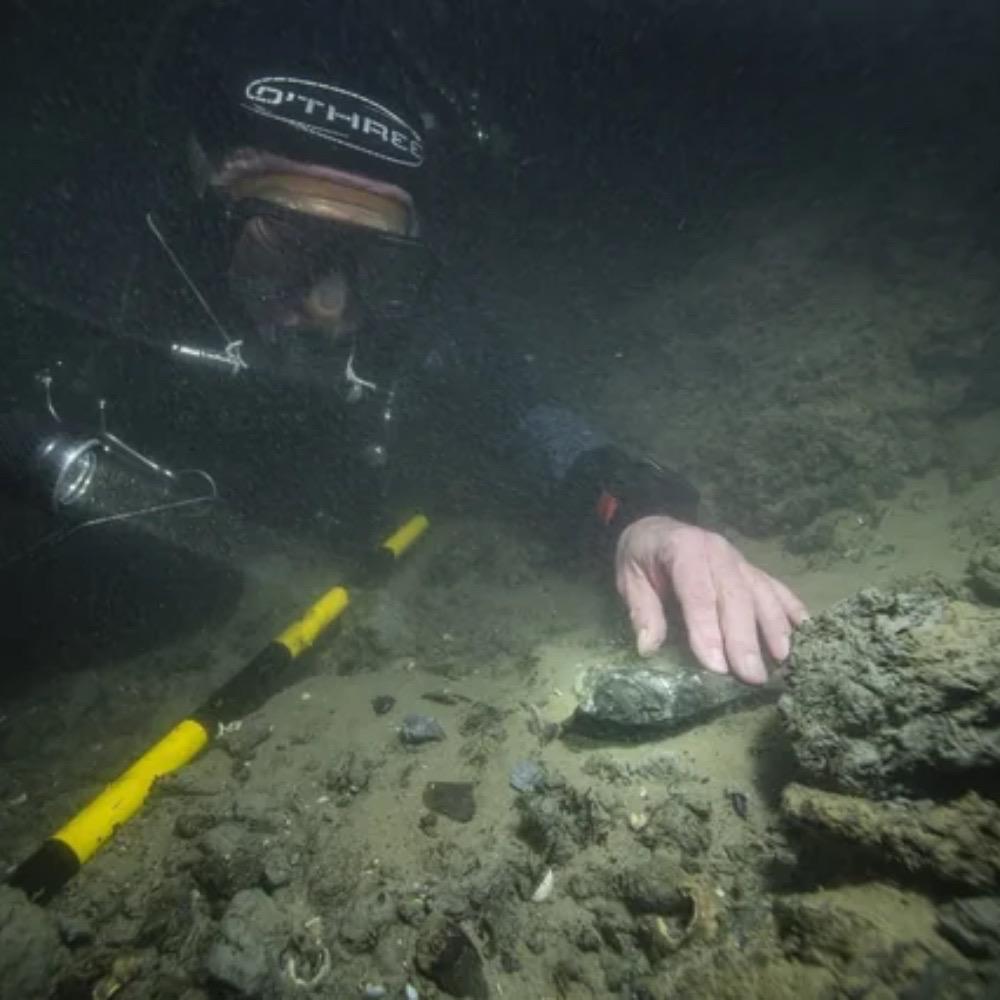
Moreover, the Lost 52 Project’s impact extends well beyond the realm of exploration. It inspires future generations to embark on their own quests for discovery and knowledge, fostering a deeper appreciation for history’s lessons. The project’s work cannot be overstated; it holds cultural significance that resonates worldwide.
Continuing the Search Efforts
The Lost 52 Project’s journey is far from over, as Taylor and his dedicated team continue their relentless search for other lost submarines. Fueled by a passion for discovery and an unwavering commitment to honoring the sacrifices of those who served.
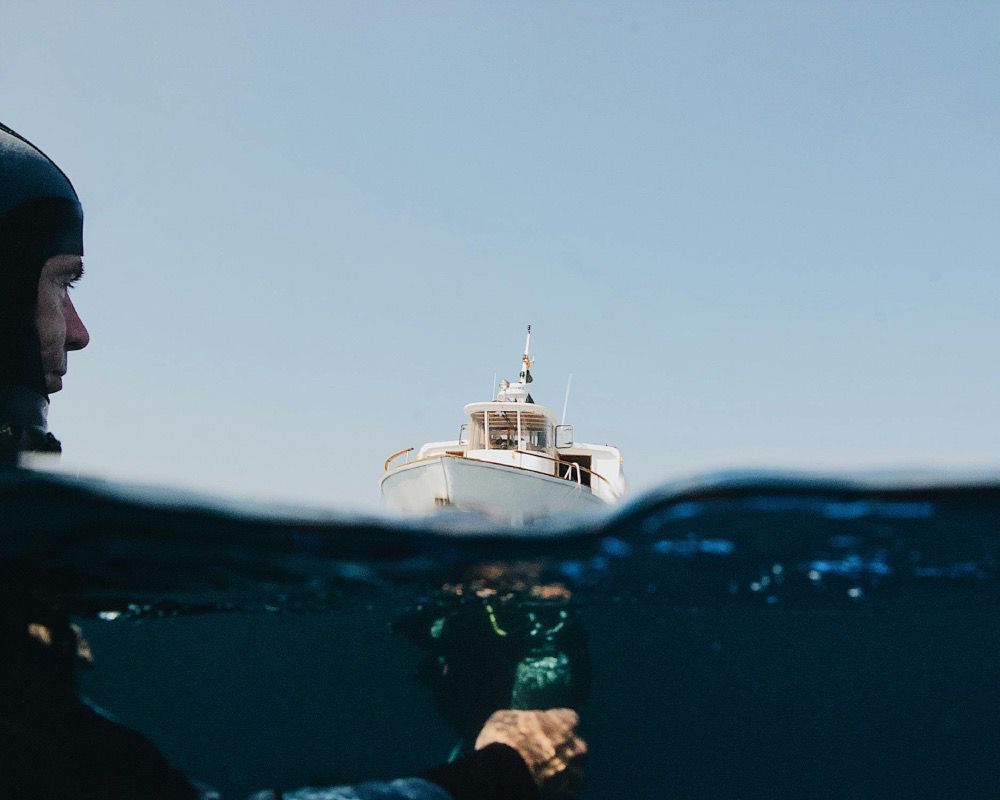
As they navigate the ocean’s depths, the Lost 52 Project remains steadfast in its mission to inspire future generations to explore the unknown. The spirit of discovery drives them forward, illuminating the past while paving the way for future explorations.
A New Chapter in Submarine History
The discoveries made by the Lost 52 Project are opening a new chapter in the history of World War II submarines. The project is uncovering details previously lost to time. Each finding provides new insights into naval strategies, war tactics, and the day-to-day lives of sailors.
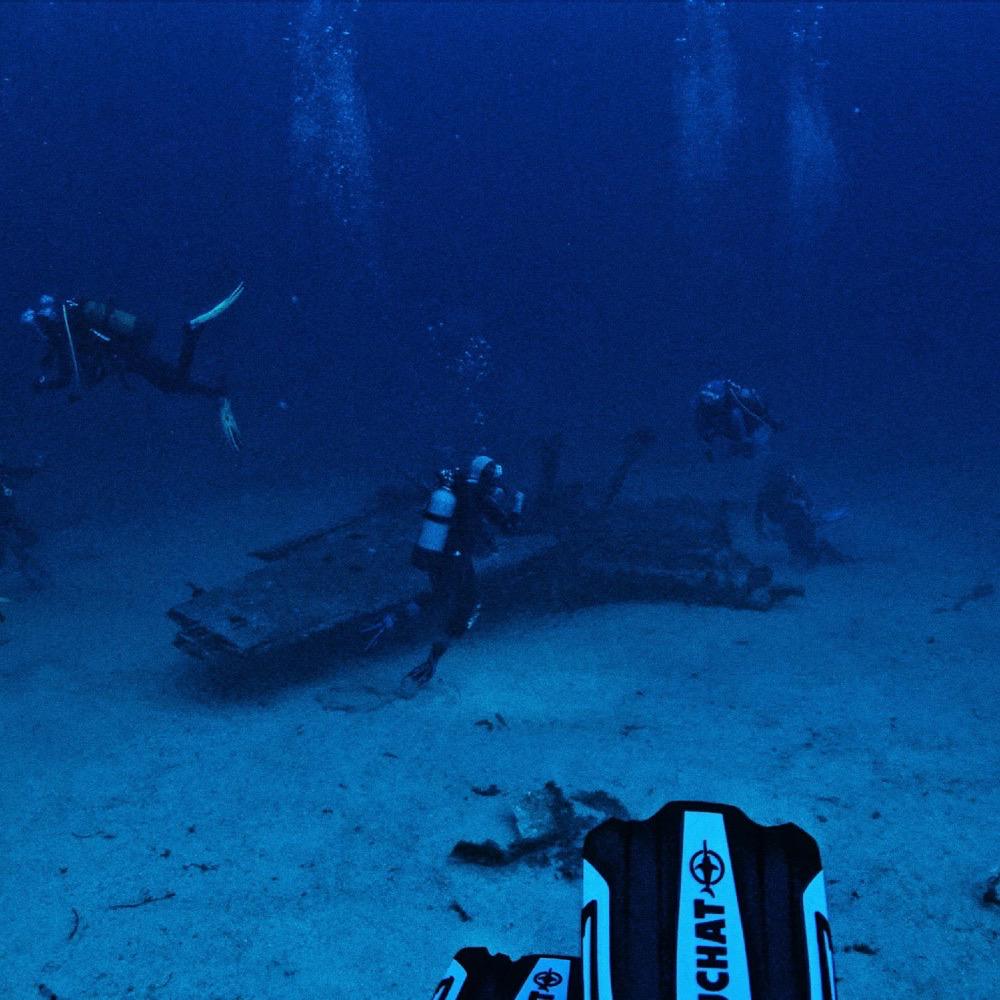
These submarines, now found, serve as time capsules, offering a glimpse into a pivotal era of history and providing a new understanding of the war fought beneath the waves.
The mysterious disappearance of a WWII submarine has captivated historians and enthusiasts for decades. As search efforts unfolded and theories emerged, the vessel’s fate remained a tantalizing enigma. This article delves into the submarine’s last known journey, the challenges faced during search operations, and the recent breakthroughs that shed light on its ultimate fate. Join us as we uncover the truth behind this famous maritime mystery.